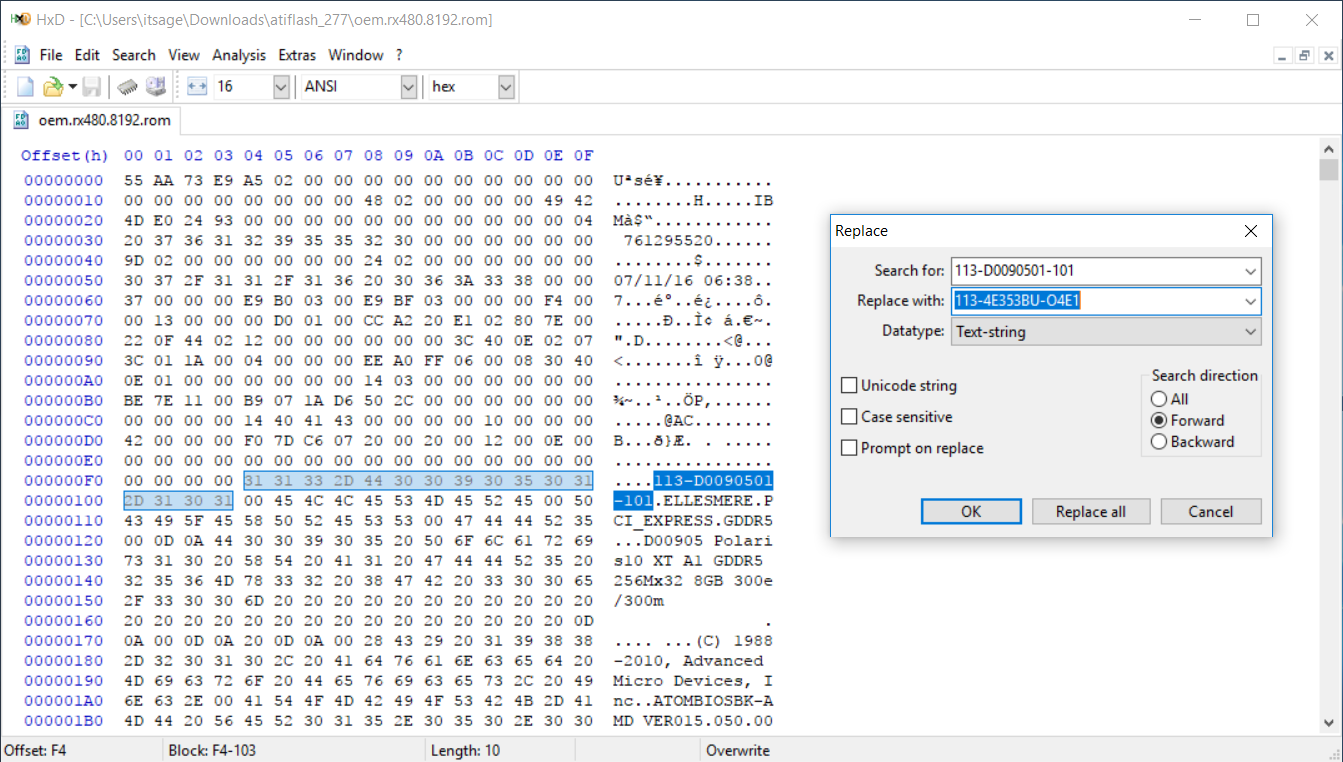How to verify checksums when you download an app for your Mac. By AppleInsider Staff Monday, March 07, 2016, 07:53 am PT (10:53 am ET) Some Mac users received a nasty surprise last week when it.
| Click here to return to the 'When a 'corrupt' disk image file really isn't corrupt' hint |
I'll definitely keep this information in mind...
btw, it's 'hdiutil', not 'hdutil' (obviously just a typo, otherwise there wouldn't have been any output from the 'attach' or 'imageinfo' subcommands).
Not the same problem but this may help a few users out there. Once in a blue moon I will download a file which should be an installer, it could be any kind of file however, and when I click on it it usually opens in script editor.
Often this files are named like 'Worlds Greatest program 1' Changing them to 'Worlds Greatest program 1.0' will usually make the program work. Sometimes just adding any dot and number will work. You will be asked if you want to add the extension, just say yes. I don't know why this happens but the fix is easy.
Some preliminary observations:
Disk images created directly using hdiutil create -format UDBZ don't bunzip properly.
Those converted to UDBZ (originally created using 'Disk Utility' or hdiutil without specifying a format) seem to work after bunzip2, but only using Panther's bunzip2 - Tiger's bunzip2 doesn't unzip them properly.
Anyone have any ideas to account for the differences in the UDBZ images created by the two methods, and the different behaviours of bunzip2 under 10.3 and 10.4?
Developers: When you do make a UDBZ image, put 'Requires OS X 10.4 or later' immediately under your download link/button. Leave no doubt as to the minimum requirement of your app.
By AppleInsider Staff
Monday, March 07, 2016, 07:53 am PT (10:53 am ET)

Most savvy computer users know that it's important to be vigilant about where they download software from, but few stop to verify that the file they received is the file they were supposed to receive. This can be a critical final step in preventing malware infections of the sort we saw with Transmission.
Developers often post checksums or hashes alongside the download links for their projects to facilitate this kind of verification. Broadly, a checksum is the result of a mathematical calculation run on a particular file —if the file hasn't been altered, the checksum you calculate will match the checksum provided by the developer.
It's still not clear exactly how the infected download made it onto Transmission's website, but those who received it early in the process have reported that the bad file's checksum didn't match the checksum provided by the Transmission team. If they had verified the checksum before installing, they would've known something was amiss.
It's worth mentioning that this is not an infallible process: if a website is compromised, the attacker could've easily changed the checksum as well. Still, it's a useful —and very quick —precaution to take.
Important note: For most people, files will be automatically placed in their downloads folder. To access this folder in Terminal, use
~/Downloads. Verifying an SHA-1 checksum
SHA-1 is the checksum format used by Apple, among many others. To find the SHA1 checksum of a file, open a Terminal window and enter the following:
openssl sha1 /full/path/to/fileIf your file is called Paint.dmg and it's in the Downloads folder, it would look like this:
openssl sha1 ~/Downloads/Paint.dmgThe result should look like this:
SHA1(/Users/username/Downloads/Paint.dmg) =07272d863ab77113e38e6ce3878c2162feb4893eThe series of letters and numbers in the result is the checksum: just compare it to the checksum provided by the developer.
Verifying an SHA256 checksum
Hp Tuners Invalid Checksum
Another popular checksum is SHA256, the kind used by Transmission's team. To verify it on a Mac, use:
Invalid Checksum Invalid Parts Dmg Software
openssl dgst -sha256 /full/path/to/fileVerifying an MD5 checksum
MD5 is no longer recommended as a checksum hash for security reasons, but some legacy programs may still use it. To verify:
openssl md5 /full/path/to/file



